Historical Background of the Quraysh
The Quraysh tribe is the prominent Arab tribe that historically lived in and controlled Mecca and Kaaba. The tribe’s origin can be traced back to Fihr ibn Malik, often called Quraysh, who is considered the ancestor from whom the tribe takes its name. His lineage is connected to Adnan, making the Quraysh Adnanite Arabs.
Adnan, an essential figure in Arab history, is believed to be a direct descendant of Hazrat Isma’il (Ishmael) (RA), the son of the Prophet Ibrahim (Abraham) (RA). This connection links the Quraysh to a prophetic lineage, significantly improving their status among the Arab tribes.
Sub-Clans of the Quraysh Tribe
The Quraysh tribe was divided into many sub-clans, each with a different identity and role within the larger tribal framework. These sub-clans played crucial roles in Mecca’s social, economic, and political life, and many were directly involved in the early history of Islam.
Here are some of the most prominent sub-clans of the Quraysh tribe:
- Banu Hashim
- Banu Umayya
- Banu Makhzum
- Banu Zuhra
- Banu Taym
- Banu Asad
- Banu Adi
- Banu Nawfal
- Banu Jumah
- Banu Sahm
Establishment in Mecca
Establishing the Quraysh tribe in Mecca was a key event in the history of the Arabian Peninsula. Qusayy ibn Kilab, a prominent figure in this process, played an important role in uniting the various Quraysh clans. Qusayy united the Quraysh clans and formed alliances with the powerful Khuza’a tribe by marriage, securing the custodianship of the Kaaba.
This strategic move elevated the Quraysh to the position of chief protectors of Mecca’s trade routes. The religious significance of the Kaaba attracted tribes from across the Arabian Peninsula, leading to economic opportunities through trade and pilgrimage. By controlling this revered site, the Quraysh gained religious importance and transformed Mecca into a growing commercial hub.
Socio-Economic Influence
Trade and Commerce
The control over key trade routes has historically been a significant source of economic power. For example, the ancient Silk Road connected the East and West, facilitating the exchange of goods, culture, and ideas. Similarly, having control over strategic trade routes allowed civilizations to dominate trade, collect tolls, and ensure the safe passage of goods.
Annual trading caravans played a crucial role in the region’s economic prosperity. For instance, the Quraysh tribe organized regular caravans to Yemen in the winter and Syria in the summer. These caravans transported goods such as spices, textiles, and precious metals, which helped foster trade relationships and economic interdependence. The profits from these activities significantly boosted the local economy and improved the tribe’s socio-political status.
Custodians of the Kaaba
The custodianship of the Kaaba has been honored throughout history and played a significant role. The Kaaba is Islam’s holiest site. Historically, the Quraysh tribe was responsible for maintaining and protecting the Kaaba, which included cleaning, repairing, and managing the inflow of pilgrims. This role provided religious prestige and economic benefits for the Quraysh visiting the site.
Quraysh Tribe Before Islam
Religion of Quraysh Tribe
Before the beginning of Islam, the Quraysh tribe followed polytheistic beliefs, worshipping idols representing various gods and goddesses associated with different aspects of life, nature, and the cosmos. They practiced rituals, sacrifices, and pilgrimages to holy sites, with the most important being the Kaaba in Mecca.
God of Quraysh Tribe
The Kaaba in Mecca was a central religious site for various Arabian tribes, housing many idols and deities. Historical accounts suggest that 360 idols were kept inside and around the Kaaba. Here is an overview of some major idols:
Hubal: The Quraysh worshipped Hubal as one of their principal deities, placing its idol inside the Kaaba. They considered it the most important god in Mecca and believed he could tell the future.
Al-Lat: Al-Lat was a goddess worshipped for fertility, war, and prosperity. Many people across Arabia, including the Quraysh tribe, respected her because they believed she could help with farming and battles.
Al-Uzza: People revered Al-Uzza as another important goddess known for her power, protection, and love. They maintained a large shrine for her in Nakhlah, where they performed rituals and offered gifts to seek her favor and safety.
Manat: The Quraysh worshipped Manat as one of their oldest gods. They regarded her as the goddess of fate and destiny, believing that she controlled the destinies of people and tribes.
Role in Early Islamic History
The Banu Hashim was a respected subclan of the larger Quraysh tribe, and it was within this subclan that the Prophet Muhammad (SAW) was born. Hazrat Muhammad’s (SAW) uncle, Abu Talib, played an important role in the early stages of Islam. As the head of the Banu Hashim, Abu Talib provided support and protection to Muhammad (SAW), especially during the shaping years of his Prophethood. Despite not converting to Islam himself, Abu Talib’s support was vital in protecting Muhammad (SAW) from the Quraysh’s hostility.
Opposition to Islam
The Quraysh tribe opposed Islam for several reasons. First, Islam’s message of the oneness of Allah (SWT) threatened their polytheistic beliefs and the economic gains they derived from the pilgrimage to the Kaaba, which was then a center of idol worship.
Additionally, Islam’s teachings challenged the social and political power of the Quraysh leaders, who worried about losing their power in Mecca. The Prophet Muhammad’s (SAW) objection to their idols and call for social justice angered the Quraysh, leading to their strong opposition.
Key Figures in the Opposition
Abu Jahl: Abu Jahl (Amr ibn Hisham) was one of the strongest opponents of Islam. As a prominent Quraysh leader, he strongly opposed Muhammad’s (SAW) message.
Abu Lahab: Another key opponent, Abu Lahab (Abd al-Uzza ibn Abdul Muttalib), was Muhammad’s (SAW) uncle. Despite their family ties, Abu Lahab opposed Muhammad (SAW). He used his power to damage Muhammad’s (SAW) efforts and distressed his followers. His wife, Umm Jamil, also actively oppressed the early Muslims.
For more information about Abu Lahab, visit this blog post: The Role of Abu Lahab in the Earlier Days of Islam.
Revelation of Surah Quraysh
The Surah Quraysh originated in Mecca. It addresses the Quraysh tribe and highlights Allah’s (SWT) blessings upon them. The surah reminds them of the safety and prosperity they experienced, especially during their trade journeys to Yemen and Syria. It urges the Quraysh to worship Allah (SWT), who bestowed these blessings upon them, and to acknowledge His protection and requirements. Additionally, the surah reminds them of the importance of showing gratitude and remaining faithful to Allah (SWT).
Surah Quraysh in Arabic and English

Battles and Conflicts
The early battles between the Quraish and the early Muslims played a significant role in Islamic history.
- Battle of Badr: The Battle of Badr took place in 624 CE and marked the first major battle. Despite being outnumbered, the Muslims achieved a significant victory, which boosted their morale and confirmed their presence.
For comprehensive information about the Battle of Badr, visit this blog: The Significance of Battle of Badr: Prophet Muhammad’s (PBUH) Leadership.
- Battle of Uhud: The Battle of Uhud occurred in 625 CE and was fought between the Muslims and the Quraysh Tribe. The Quraysh viewed the growing Muslim community as a direct threat to their economic interests and political power. Seeking revenge for their defeat at Badr, this battle initially favored the Muslims, but a strategic error led to their loss.
To learn more about the Battle of Uhud, visit this blog: Historical Background of the Battle of Uhud.
- Battle of the Trench: The Battle of the Trench, fought in 627 CE, was another attempt by the Quraysh to destroy the Muslim community. This time, they formed a coalition with other tribes and groups opposed to the Muslims with the aim of delivering a decisive blow. Under Prophet Muhammad’s (SAW) leadership, the Muslims dug a trench around the city, which stopped the Quraish’s attack and led to an effective Muslim victory.
For more information, visit The Battle Of Trench (Ghazwa Khandaq) post.
These battles were important in the struggle between the Quraish and the Muslims, shaping the future of the early Islamic community.
Conversion and Influence in Islam
Treaty of Hudaibiyah
The Treaty of Hudaibiyah was a significant peace agreement between the Muslims of Medina, led by the Prophet Muhammad (PBUH), and the Quraysh of Mecca in 628 CE. The treaty allowed for a ten-year peace period, permitting Muslims to perform pilgrimage in Mecca the following year. It also specified that any tribe could align with either the Muslims or the Quraysh.
For more information, visit this pot: The Treaty of Hudaibiyah- A Clear Victory in Islam.
Conquest of Mecca
The Conquest of Mecca occurred in 630 CE, following the breaking of the Treaty of Hudaibiyah by the Quraysh and their allies. The Prophet Muhammad (PBUH) marched on Mecca with a large force. The conquest was largely peaceful, with minimal resistance from the Quraysh.
The Quraysh Tribe Today
The Quraysh tribe still exists today. This tribe, historically known for its significant role in Mecca and its connection to the Prophet Muhammad (SAW), continues to have descendants. These descendants have spread across various regions, particularly in the Arabian Peninsula. The legacy of the Quraysh tribe remains an important part of Islamic history and heritage.
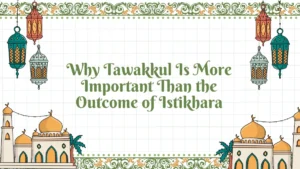



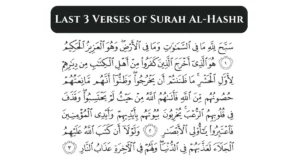
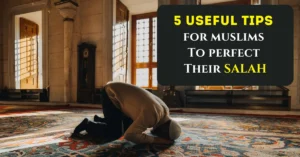

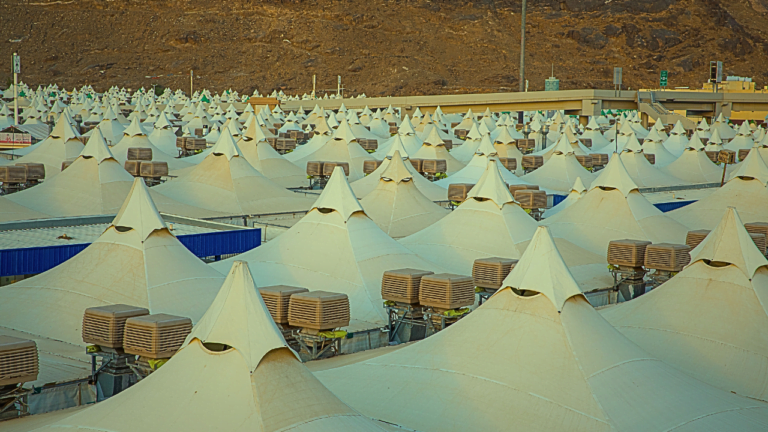
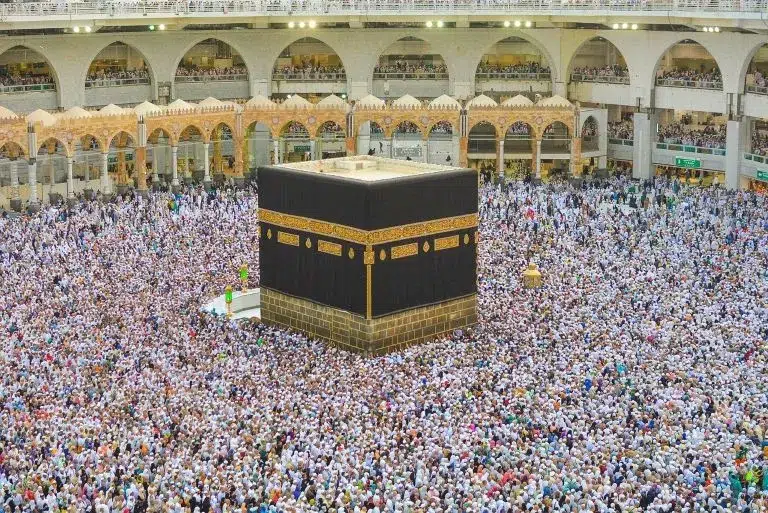
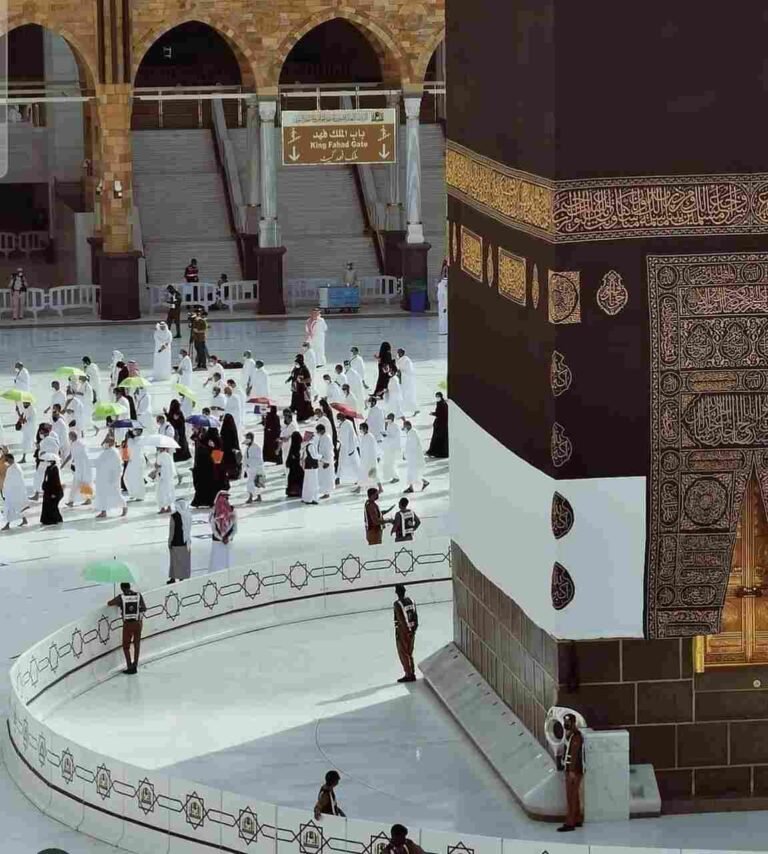
[…] fakt uvádza, mimochodom aj proislamský portál Islamic Mentors. Píše sa v […]